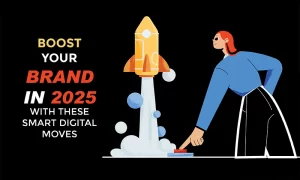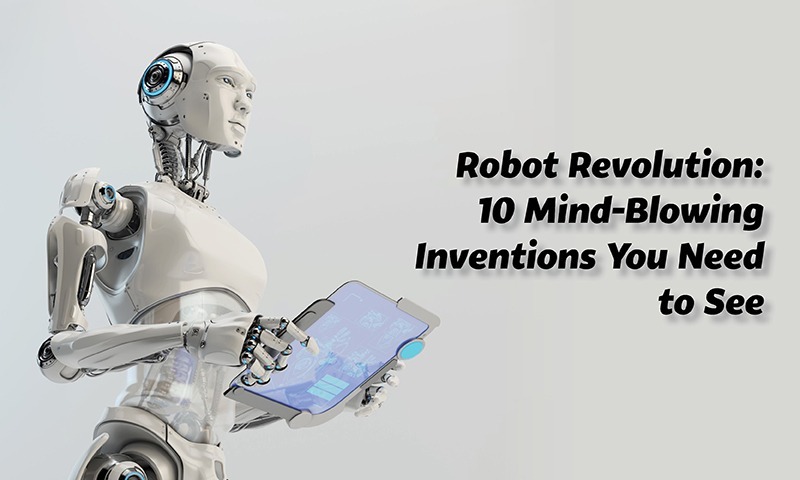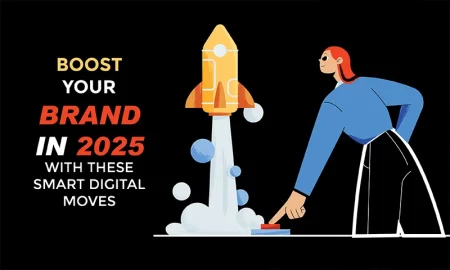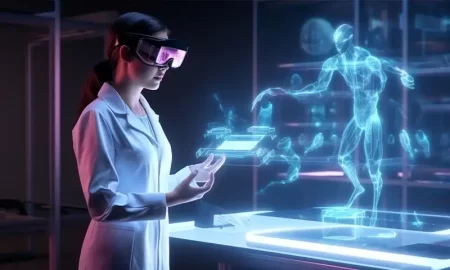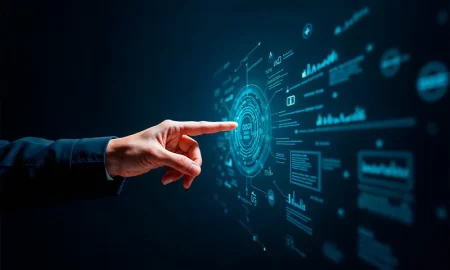The world of robotics has witnessed a remarkable revolution in recent years, with advancements that have left us awestruck. From the simple household helpers to sophisticated industrial machines, robots have become an integral part of our lives. In this article, we will explore ten mind-blowing inventions in the field of robotics that are shaping the future. So, fasten your seatbelts and get ready to embark on a journey into the exciting world of robotic innovation.
Humanoid Robots: Bridging the Gap
Humanoid robots have captured the imagination of scientists and the public alike. These robots are designed to resemble humans in appearance and behavior, and they are equipped with artificial intelligence to interact and perform tasks. From Sophia, the social humanoid robot, to Atlas, the agile and acrobatic creation of Boston Dynamics, humanoid robots are blurring the line between humans and machines. With their ability to navigate complex environments, communicate with humans, and even display emotions, these robots are pushing the boundaries of what was once thought possible.
Swarm Robotics: Power in Numbers
Swarm robotics takes inspiration from the collective behavior of social insects such as ants and bees. In this field, multiple robots work together as a cohesive unit, collaborating to achieve a common goal. By leveraging swarm intelligence, these robots can perform complex tasks efficiently. Applications range from search and rescue missions to exploring unknown environments. The power of swarm robotics lies in its ability to achieve robustness, adaptability, and scalability through the coordination of large numbers of relatively simple robots.
Surgical Robots: Precision and Efficiency in Healthcare
Surgical robots have revolutionized the field of medicine by enhancing the precision and efficiency of surgical procedures. With the ability to perform minimally invasive surgeries, these robots offer numerous benefits such as reduced trauma, faster recovery times, and improved patient outcomes. The da Vinci Surgical System is a prime example of a surgical robot that has transformed the way surgeries are performed. Surgeons can remotely control the robot’s arms with enhanced dexterity and accuracy, enabling intricate procedures that were once considered challenging.
Self-Driving Cars: Shaping the Future of Transportation
Self-driving cars have become a symbol of the technological advancements in the automotive industry. These vehicles use a combination of sensors, cameras, and artificial intelligence algorithms to navigate the roads autonomously. Companies like Tesla, Waymo, and Uber are leading the way in developing self-driving car technology. The potential benefits of self-driving cars include improved road safety, reduced traffic congestion, and increased accessibility for individuals who are unable to drive. As this technology continues to evolve, we can expect a significant transformation in how we commute.
Exoskeletons: Amplifying Human Capabilities
Exoskeletons are wearable robotic devices that augment human strength and endurance. Originally developed for military purposes, exoskeletons are now finding applications in various fields, including healthcare and industrial sectors. These devices provide assistance to individuals with limited mobility, allowing them to regain independence and perform tasks they once thought impossible. Additionally, exoskeletons are utilized in industries to enhance worker productivity and reduce the risk of work-related injuries. The combination of human and robotic capabilities is enabling new frontiers in physical performance.
Drones: Taking Flight in Multiple Industries
Drones, also known as unmanned aerial vehicles (UAVs), have taken the world by storm. These flying robots are being used in a wide range of industries, including photography, agriculture, delivery services, and disaster management. Equipped with cameras and sensors, drones can capture breathtaking aerial footage, monitor crop health, transport goods, and assist in search and rescue operations. The versatility and accessibility of drones make them an indispensable tool in various sectors, offering innovative solutions and transforming traditional practices.
Robotic Pets: Companions for the Future
Robotic pets have emerged as a source of companionship and emotional support, particularly for the elderly and those with disabilities. These lifelike companions mimic the behavior of real animals and provide comfort and interaction. Companies like Sony’s Aibo and Boston Dynamics’ Spot are at the forefront of creating robotic pets that can respond to human gestures, recognize faces, and exhibit realistic movements. With advancements in artificial intelligence and robotics, robotic pets are becoming more sophisticated and lifelike, offering solace to individuals who may benefit from their companionship.
Agricultural Robots: Cultivating Efficiency
The agricultural industry is embracing robotic technology to increase efficiency and productivity. Agricultural robots are designed to perform tasks such as planting, harvesting, and monitoring crops. These robots can navigate through fields, identify and remove weeds, and collect data on crop health. By automating labor-intensive processes, agricultural robots minimize manual labor, optimize resource usage, and improve crop yields. With the world’s population continuously growing, the integration of robotics in agriculture plays a crucial role in meeting the demand for food production.
Robotic Prosthetics: Restoring Mobility
Robotic prosthetics have revolutionized the lives of individuals with limb loss or limb differences. These advanced devices combine robotics, sensors, and artificial intelligence to provide users with improved mobility and functionality. With precise motor control and sensory feedback, robotic prosthetics can replicate natural movements and offer a more intuitive experience. By restoring independence and enabling individuals to engage in daily activities, these prosthetics are empowering people to lead fulfilling lives.
Social Robots: Enhancing Human Interaction
Social robots aim to enhance human interaction and facilitate emotional connections. These robots are designed to engage with humans in social settings, such as education, therapy, and customer service. For instance, Pepper, a humanoid robot developed by SoftBank Robotics, can interact with people through conversation and facial expressions. Social robots have the potential to assist in teaching, support individuals with autism spectrum disorders, and provide personalized customer service experiences. As technology advances, the integration of social robots in various domains will continue to reshape the way we interact with machines.
In conclusion, the field of robotics is experiencing an incredible revolution with the development of mind-blowing inventions. From humanoid robots and swarm robotics to surgical robots and self-driving cars, these technological advancements are shaping the future in extraordinary ways. With their ability to augment human capabilities, improve efficiency, and enhance our daily lives, robots are becoming indispensable tools across multiple industries. As we embrace this robot revolution, we can expect further breakthroughs that will push the boundaries of what is possible and continue to amaze us with their innovation and impact. So, buckle up and get ready for a future where robots will undoubtedly play a prominent role in shaping our world.


